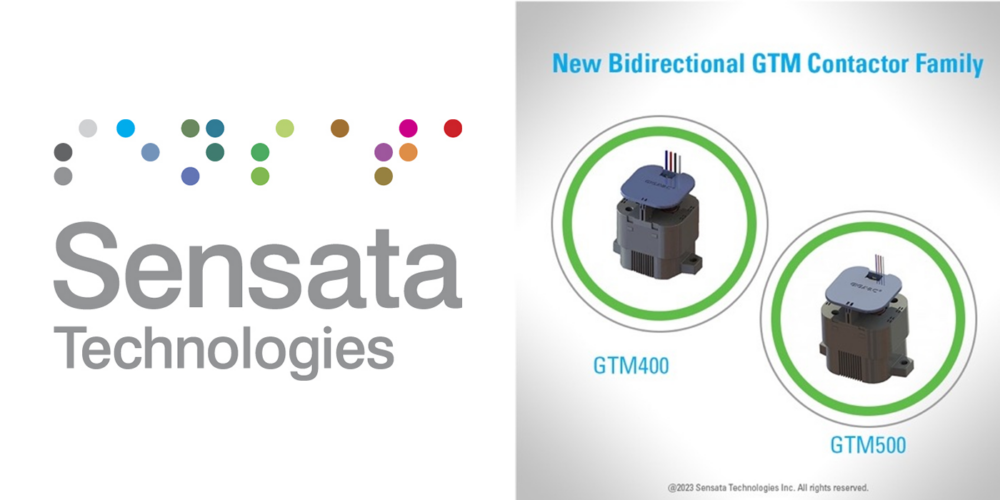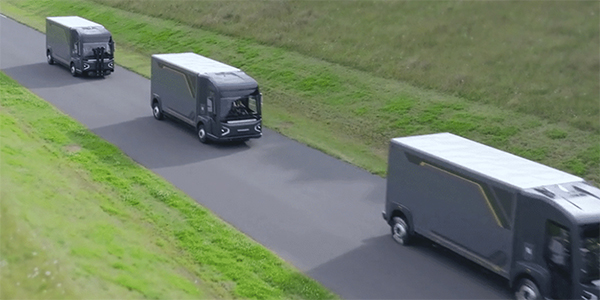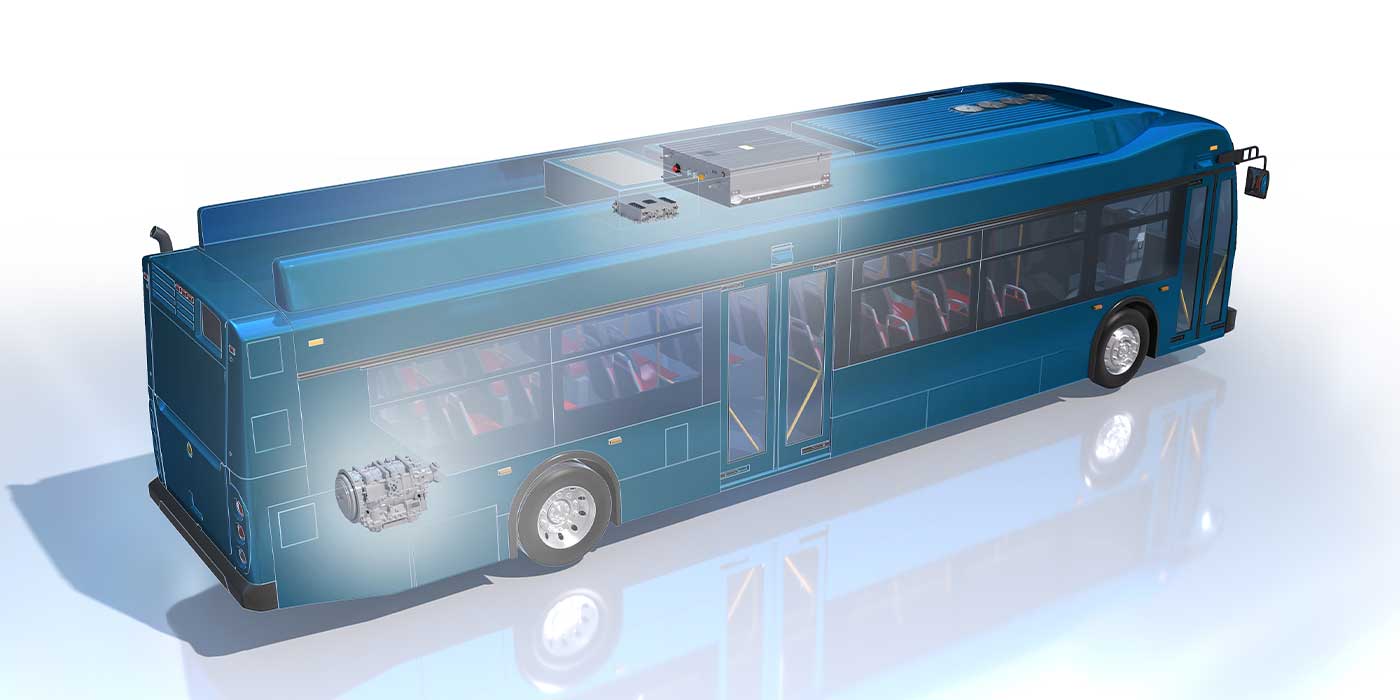Sensata Technologies announced the launch of its Gigavac GTM400 and GTM500 bidirectional contactors for applications up to 1500 Vdc and 400A and 500A. The new contactors are ideal for high-power applications that require reliable switching and DC circuit protection like energy storage systems, DC fast charging stations and heavy-duty vehicles. The new GTM series offers:
- Increased current carry capability (reduced size and weight, increased battery life);
- Best in class break performance (improved safety);
- Advanced arc suppression performance (increased reliability and product life);
- Unmatched short circuit performance (no rupture or fire risk);
- Significant performance/cost ratio when compared to other available technologies;
“These new contactors highlight Sensata’s expertise in glass-to-metal technology and our ability to develop new, innovative solutions that offer competitive performance and value for electrified applications,” says Justin Colson, vice president, clean energy solutions at Sensata Technologies. “Our vision is to expand the GTM product family in the future for lower power applications such as AGVs, material handling equipment, 2- and 3-wheeled vehicles and other EVs.”
In addition to the new GTM400 and GTM500, Sensata will showcase its solutions and components that make batteries and charging infrastructure safer, cleaner, more efficient and connected at the Battery Show North America in Novi, MI, from Sept. 12-14. The exhibit will include a variety of contactors and fuses from Sensata’s Gigavac brand, Battery Management Systems (BMS) from Sensata’s Lithium Balance brand, Current Sensors and Insulation Monitoring Devices.














